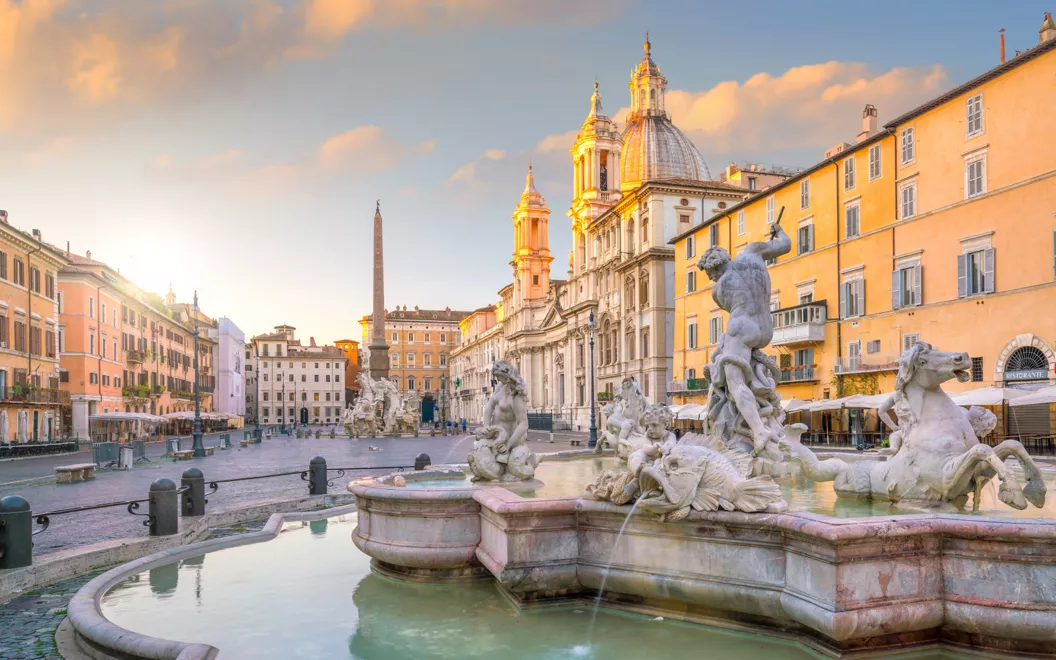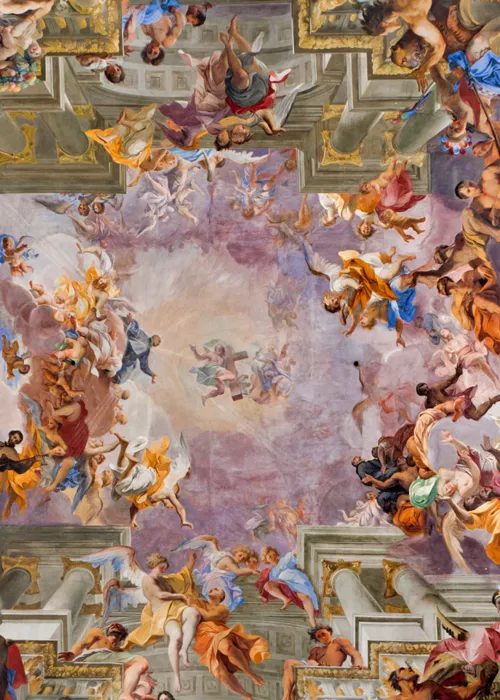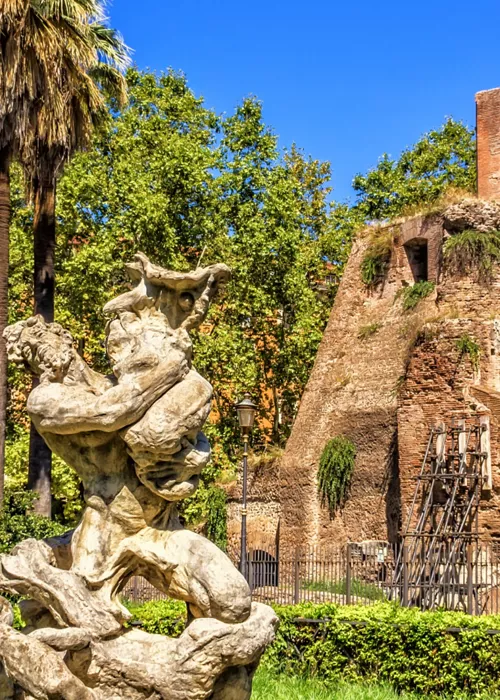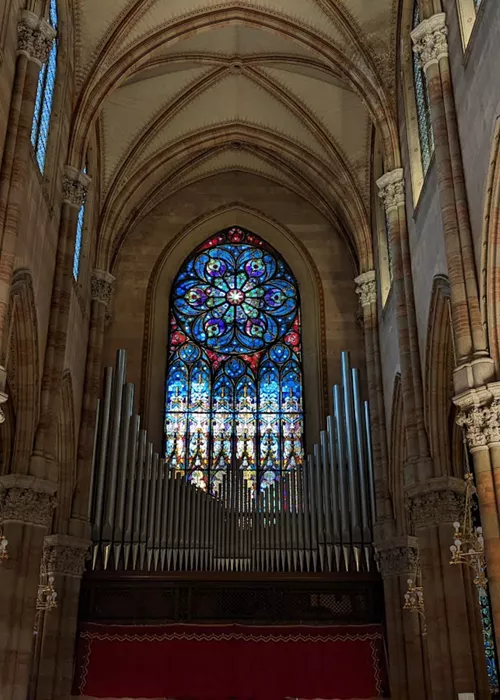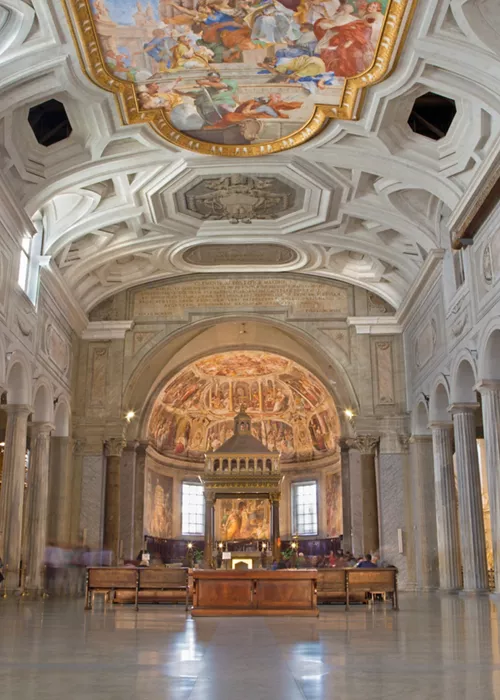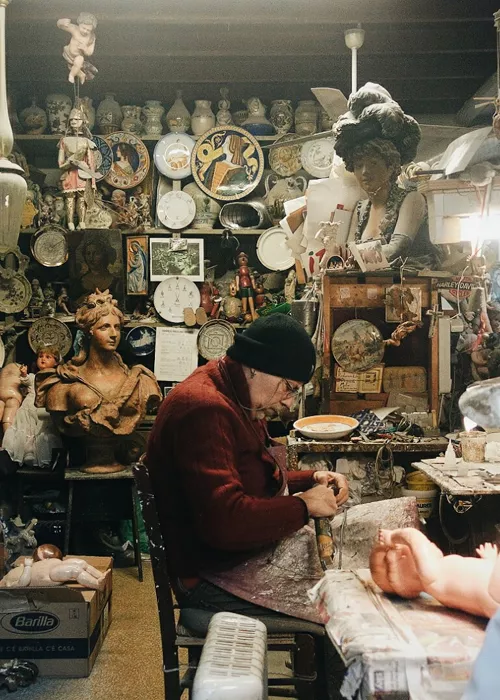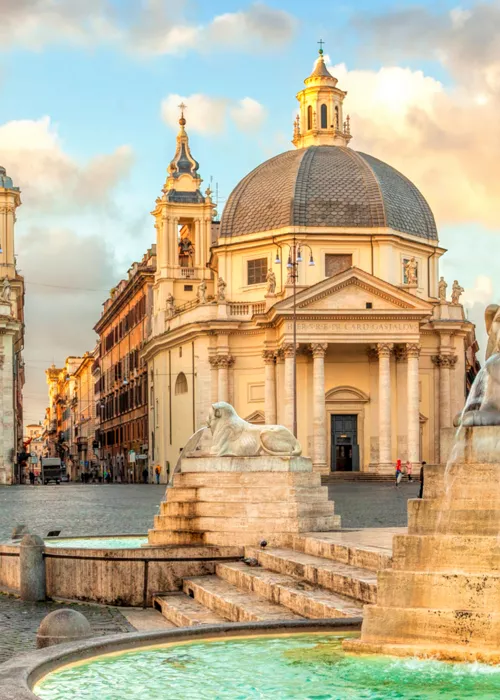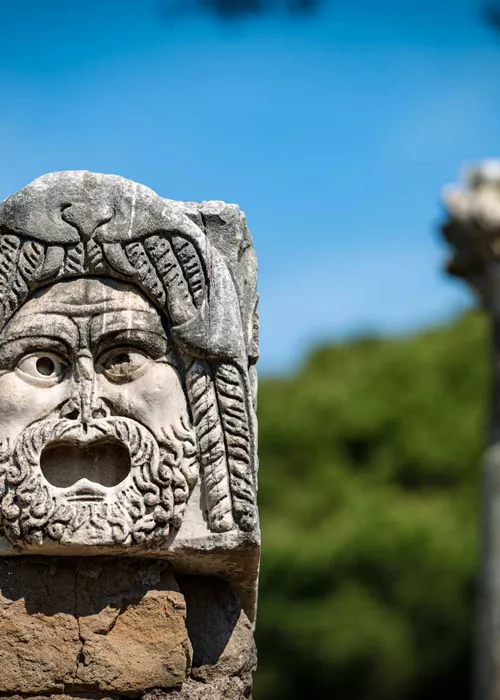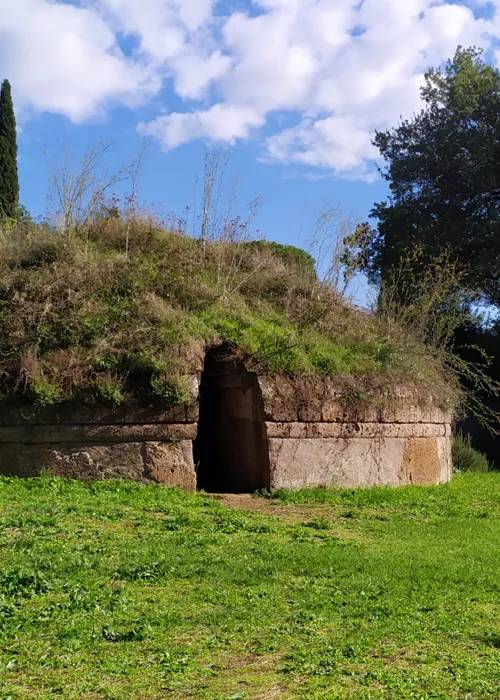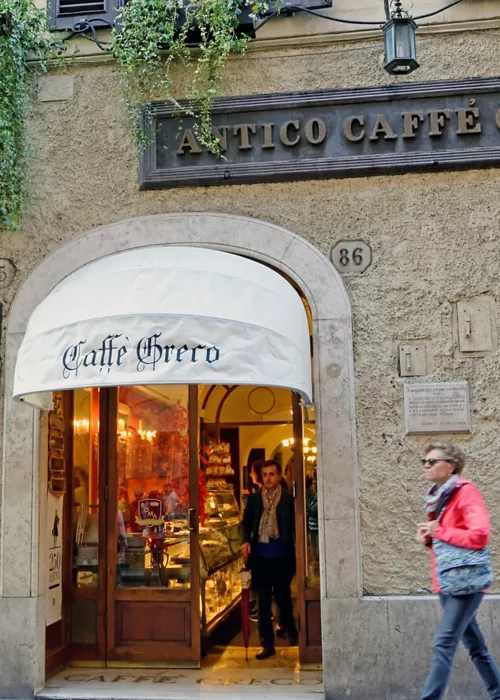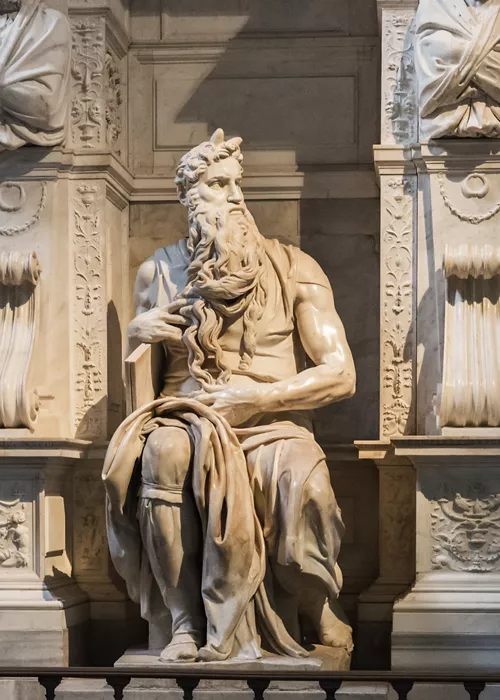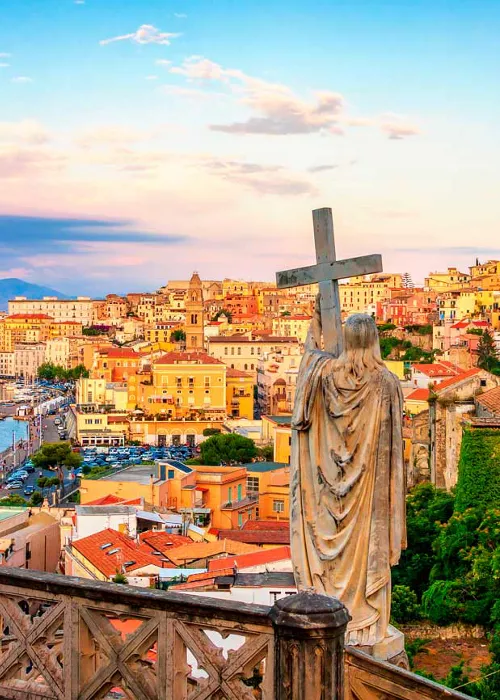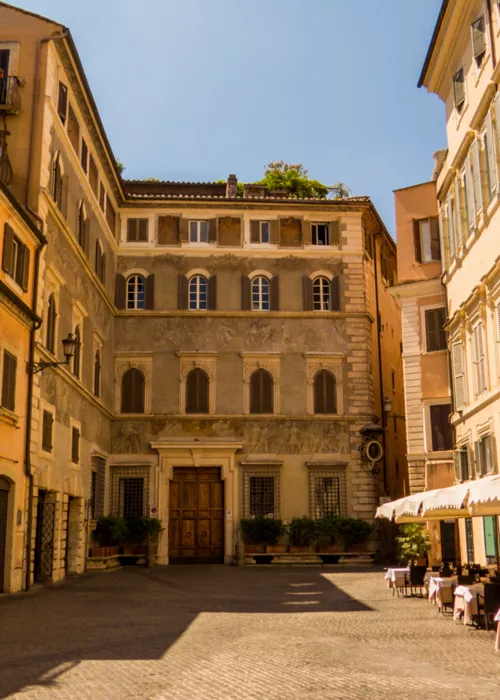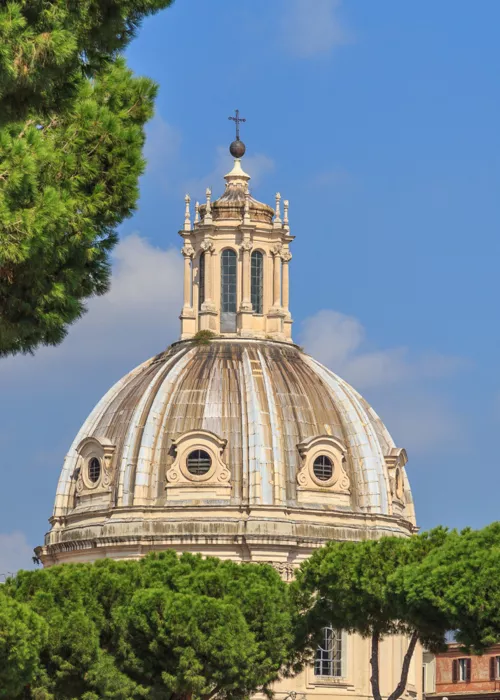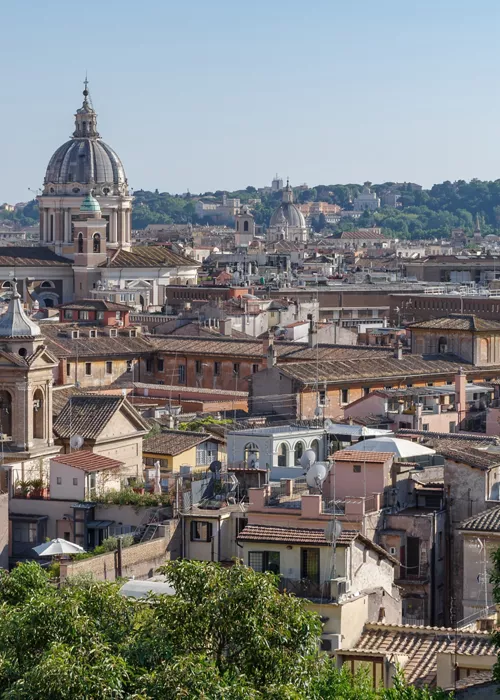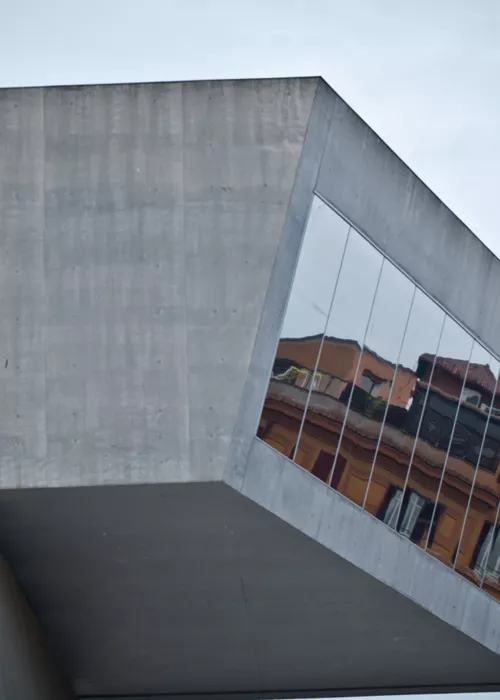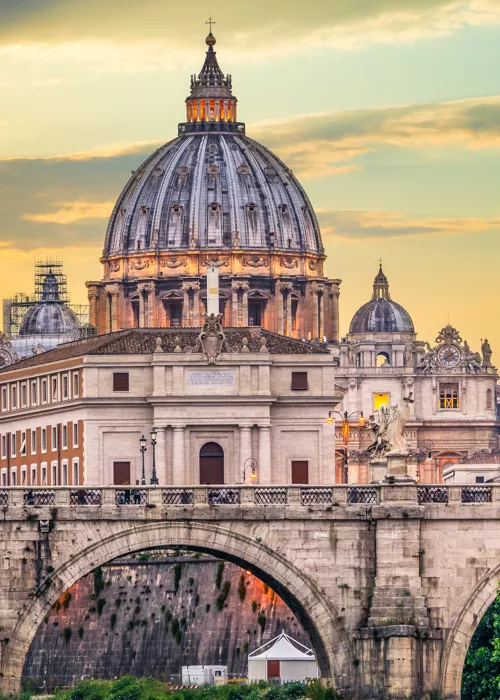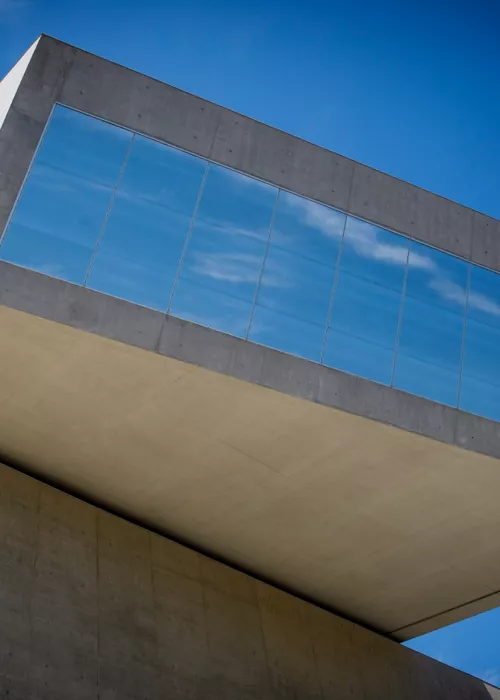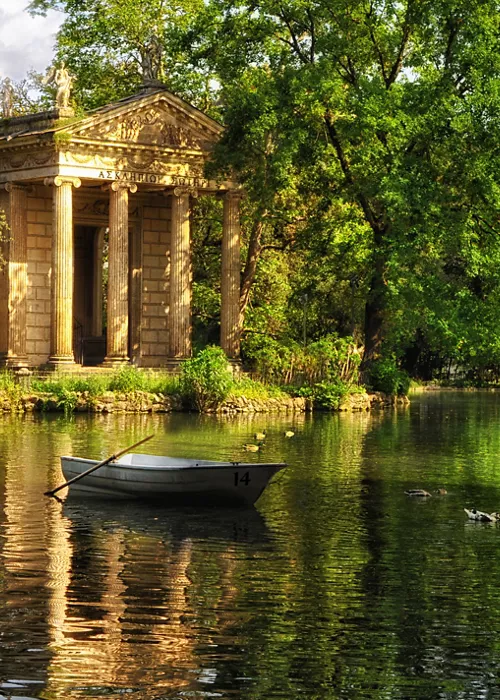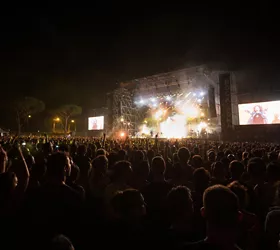5 unusual things to see in Rome, sacred and profane
4 minutes
The Colosseum, the Spanish Steps and St Peter's Basilica are always at the top of the list of things to see in Rome, but the capital holds lesser-known but equally unmissable gems for anyone who happens to be in town. They are all close to the most famous attractions, so it’s easy to include them in your schedule.
Here is an itinerary for exploring a hidden Rome, taking in five must-see sights.
Inside the church of St Ignatius of Loyola, in search of illusions
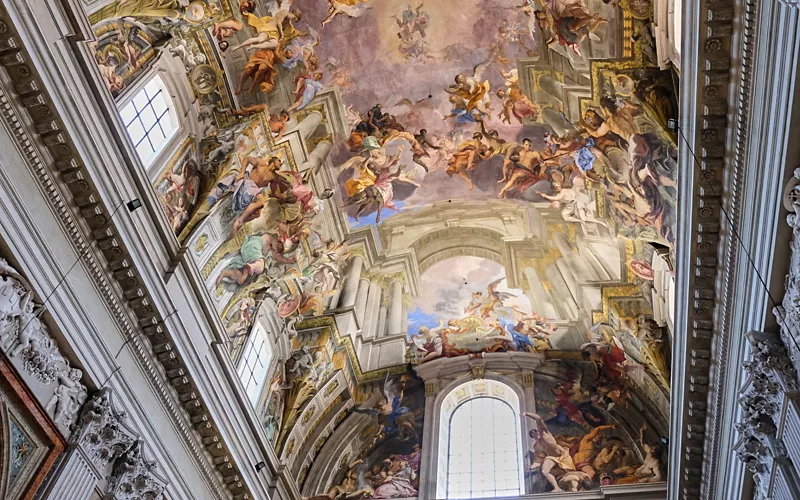
A few minutes' walk from the Pantheon is the church of St Ignatius of Loyola, a Baroque masterpiece inaugurated in 1650. Dedicated to the founder of the Society of Jesus, who was canonised only a few years earlier, it is famous for the quadraturas by architect and painter Andrea Pozzo. Understanding what it is all about is simple. Walk down the centre of the main nave and, once you reach a disc on the floor, stop and look up: a second church will appear superimposed on the real one, thanks to a game of perspectives with columns and arches that enclose the glory of Saint Ignatius within them.
Further on, where the nave meets the transept, another circle on the floor will invite you to look up again. The second optical illusion will show the inside of a dome, which is not found on the outside. In the original design there was a dome, but it was never constructed. It is impressive: one can hardly believe that it is simply painted.
In Piazza Vittorio, the magic door
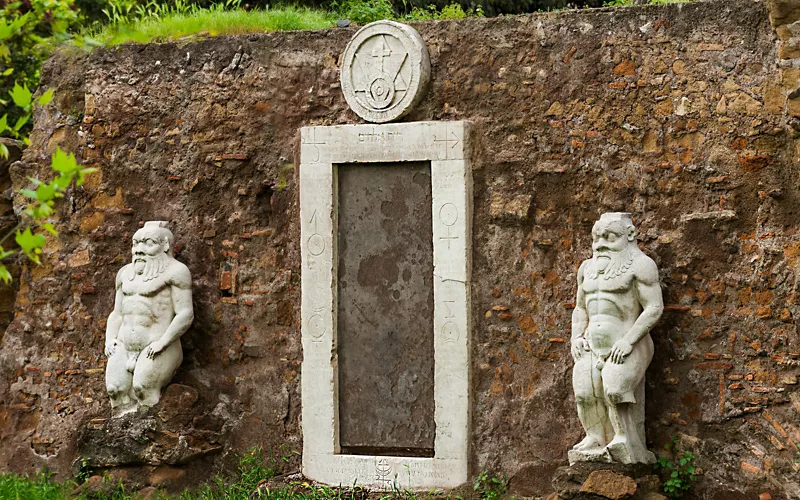
Everyone knows about the Bocca della Verità (Mouth of Truth) and its legend, but few know that there is also a magic door in Rome. In the very central Piazza Vittorio, just a few metres from Termini Station and the Basilica of Santa Maria Maggiore, you can visit the remains of Villa Palombara, which stood on the Esquiline Hill before Rome took on its current urbanistic form, when it was still a countryside area.
On the door are engravings that were very common in books on alchemy and esotericism in the mid-1700s, when the villa was inhabited, and refer to the greatest passion of the owner, Marquis Massimiliano Savelli Palombara. The door, also known as Porta Alchemica (Alchemical Door), is famous for an evocative legend, whose protagonist is the alchemist Francesco Giuseppe Borri.
After being imprisoned in Castel Sant'Angelo, accused of heresy, he found refuge in Villa Palombara, where he stayed for a long time. One night, in search of a magic herb that he believed was indispensable for producing gold, he disappeared beyond the door, leaving behind golden straws and a mysterious parchment full of symbols; a magic formula, perhaps the secret of the philosopher's stone. The marquis made the parchment public, hoping someone could help him to decipher it. Unsuccessful in his efforts, he eventually had esoteric symbols engraved on the doors of the villa. The one in Piazza Vittorio is the only one left standing, the only remaining piece of a fascinating story.
A museum of the souls in purgatory
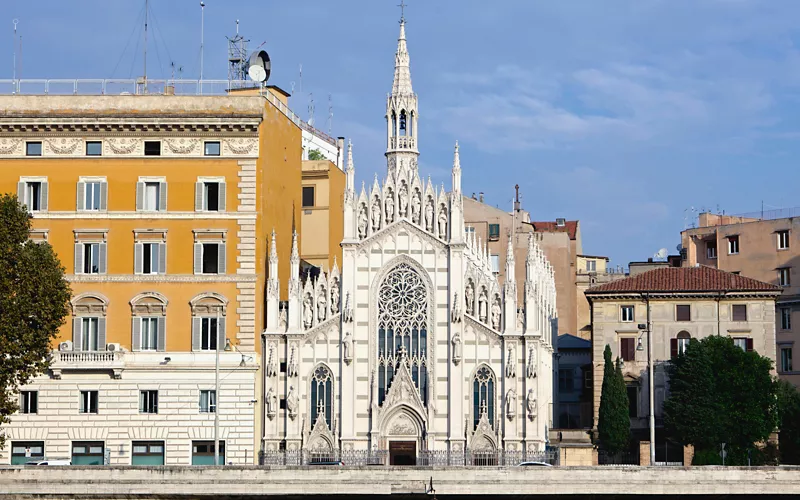
It is certainly not one of the most famous in Rome, but the museum of the souls in Purgatory is certainly one of the most curious. Opened in 1917, it is housed in the sacristy of the church of the Sacro Cuore del Suffragio, on the Lungotevere Prati, and preserves what is said to be evidence of the existence of a place of passage between earthly life and Paradise, from Italy and other countries. The museum dates back to the late 19th century, when a fire broke out in the church. Don Victor Jouët, founder of the building, was certain that he recognised a distressed human face among the traces left by the fire, and was convinced that it was a soul in purgatory. Hence, the search for similar testimonies, up to when the museum was created. It preserves documents and relics, mysterious and purported traces of the afterlife.
At the basilica of San Pietro in Vincoli, on the trail of a mysterious miracle
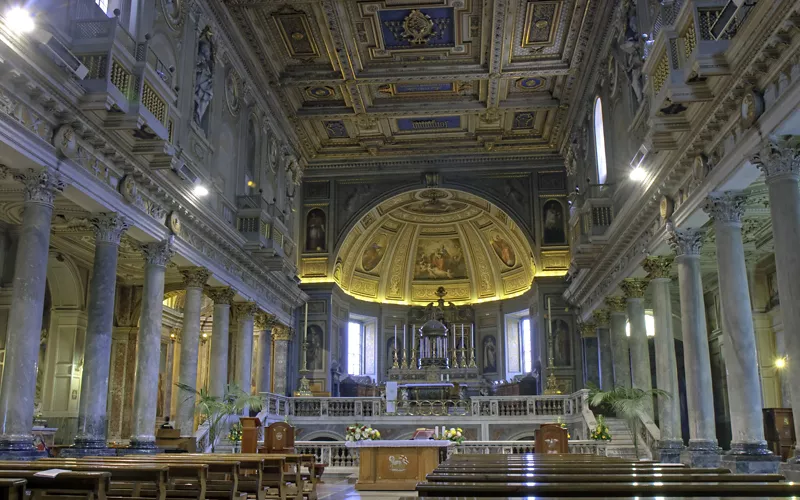
Another church, another mystery. Just 500 metres from the Colosseum, the church of San Pietro in Vincoli guards a grave secret, starting with its name, which derives from the chains kept in a shrine. They are said to have been used to bind St Peter when he was a prisoner in Jerusalem. According to legend, Licinia Eudoxia, wife of the Western Emperor Valentinian III, gave them to Pope Leo I, after receiving them from her mother, also the wife of an emperor, Theodosius II of the East. The church already possessed the chains that had held the saint prisoner in the Mamertine Prison, the oldest prison in Rome. When the chains were brought together, they fused with each other: a miracle. To commemorate it, they erected the church, also called the Basilica Eudossiana, after the empress who helped build it.
In short, Rome is always surprising, including outside the usual itineraries.
In Rome, even dolls have their own hospital
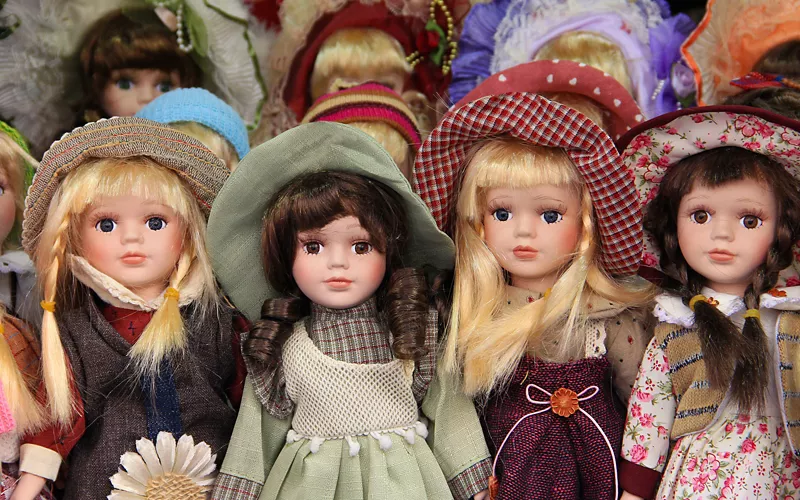
One of the oldest shops in Rome, known as the Ospedale delle Bambole (Doll Hospital), at number 29 Via di Ripetta, near Piazza del Popolo, dates back to 1939. The shop is actually called Restauri Artistici Squatriti, and the Romans have jokingly nicknamed it 'The Shop of Terror' because walking past, it is not uncommon to see dolls' heads, hands and other parts in the window. Nothing macabre happens here, however: in a craft workshop, work is undertaken to give new life to dolls and other toys, especially the oldest ones. There are dolls made of porcelain, pannolenci, even papier-mâché, and there are many owners and enthusiasts, many collectors, who rely on the Hospital to breathe new life into historical artefacts. This is a precious and increasingly rare craftsmanship, which has been carried out here for generations with great passion. Drop in, even if you don't have a doll that needs tending to.

